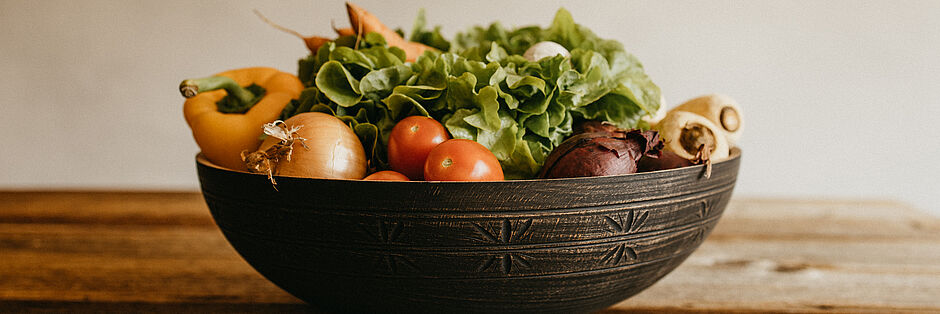New Heritage English
In a world that keeps on moving faster and faster, many of us long for a timeout. Something that, depending on the situation, brings us back to here and now, or takes us somewhere else.
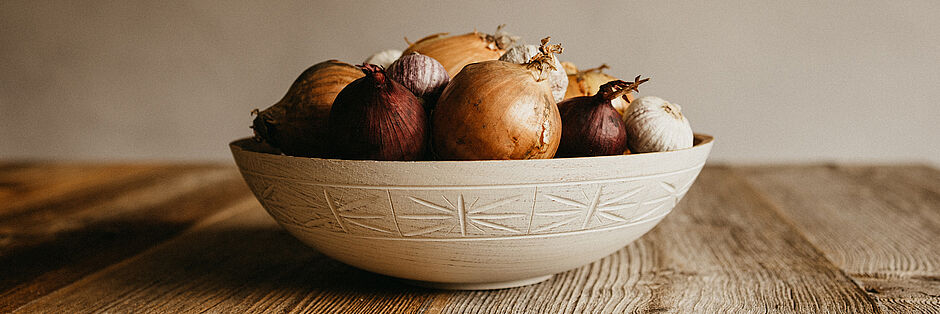
I know very well how it is to be lost in this world, to no longer feel yourself or feel too many things at once. During my journey as a woodturner, I found that craftsmanship and well-crafted objects can carry much more than just a practical purpose. However, I also found that you cannot force a feeling into an object. It takes a lot of practice and patience, a lot of "capability" and very little "intention”.
Unlike the Yūgen collection, New Heritage was not about holding on, it was about letting go. This "letting go" was a long process that began years ago. Letting go of deadlocked beliefs, expanding my idea of perfection and stepping off the beaten track.
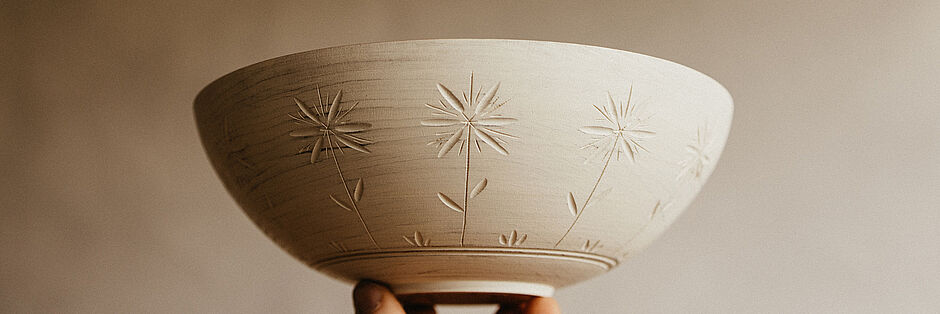
It started about 8 years ago when I met Werner Fuchs. Werner has dedicated himself to the traditional work with green wood. Among other things, he makes spoons and small vessels from green wood, which he works on in the traditional way with hand tools such as hand saws, axes, and carving knives. The surface treatment is done with natural colours, oils, and waxes. This way Werner creates a feel and grace that you won't find in surfaces, that have been refined to perfection.
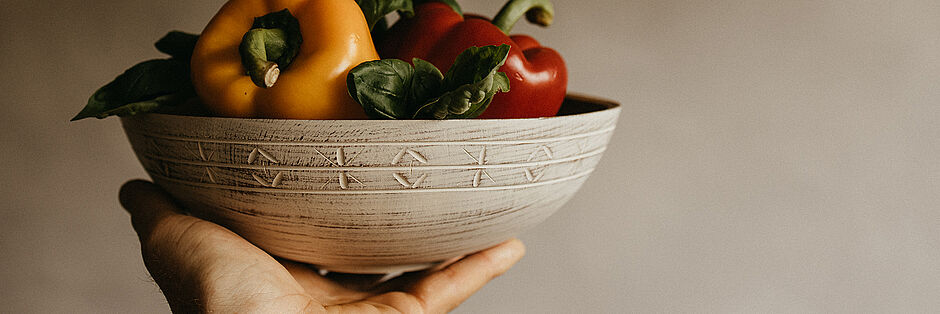
At least that's how I see it today. At the time, I was rather suspicious of it because it (felt) contradicted everything I had strived for in my work up to that point. Thanks to our freindship, I gradually found an emotional connection to the traditional green wood culture. It is still very much alive today in England and the Baltic States, among other places. Their roots go back to the early days. This culture is now much more than just craftsmanship, but also an approach and attitude to life.
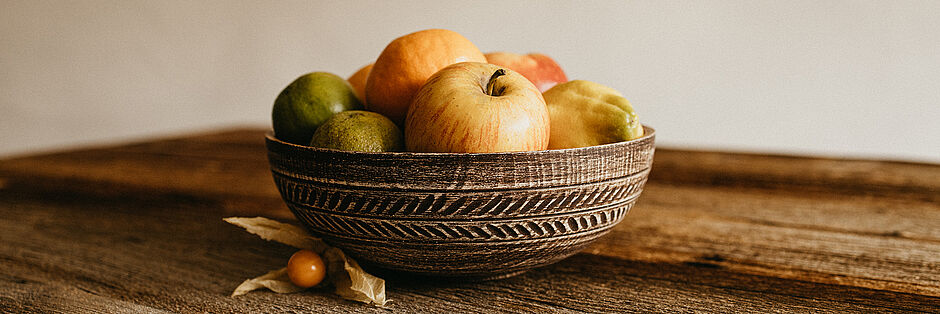
I never saw myself as a greenwood woodworker in the traditional sense, but I was heavily influenced by its aesthetic. So, I tried to implement some of the ideas into my work little by little.
I was drawn to natural surfaces, with a raw and unpolished yet appealing finish. In the last two years, this led to a “whole thing” and when I carved the first bowls on a whim after turning, the idea for the "New Heritage" collection was born. I deliberately chose the English “New Heritage” as the name since many impulses came from the English islands. “New Heritance” because I like the idea of creating future heirlooms passed from one generation to the next. Works that, although new, connect us to our heritage and naturally move between the poles of tradition and modernity.
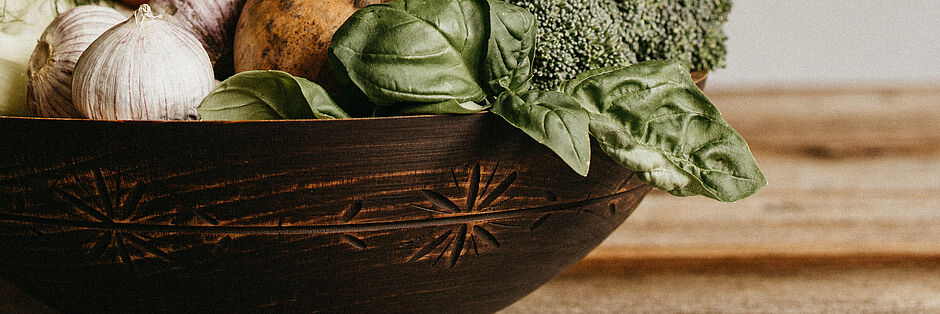
The carved decorations are mainly simple, primitive band ornaments. I had a lot of fun developing my designs for this and at the same time, it was a great challenge, because this type of carving is much more about letting go and working in the flow than about the perfect guidance of the tool. The work of Japanese potters had a significant influence on the coloured objects. These often have a fascinating surface in which the clay body, interspersed with coarse components, "breaks" through the glaze in many places.
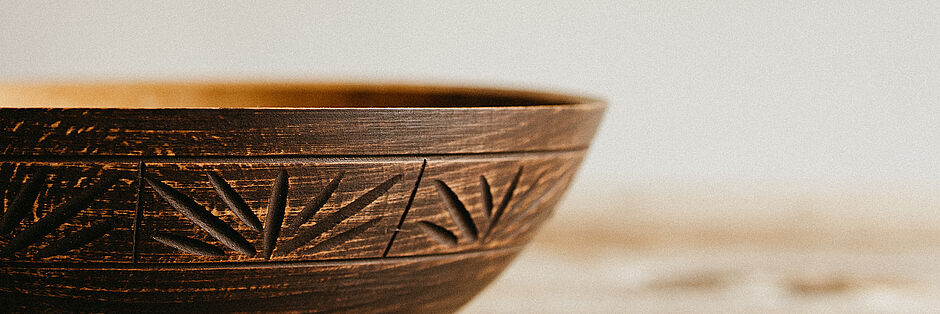
The objects of the New Heritage collection include different hollow forms, mostly bowls. Their surface is only shaped with sharp turning and carving tools followed by a fine brass brush. After drying, some of the objects are coated on the outside with self-made milk paint, which is then lightly sanded. This paint consists only of lime, curd and food-safe (earth) pigments. All work is treated with a mixture of washed linseed oil and natural wax several times. Due to the way it was manufactured and treated, the surface is particularly resistant, easy to care for and develops a wonderful patina over time. When using moist or liquid foods, please moisten the inside generously with salad oil the first 10 to 20 times. After use, it is best to rinse with lukewarm water and dry well. Dishwashers and soaking in the sink are taboo. If you have any questions, don’t hesitate to reach out.
